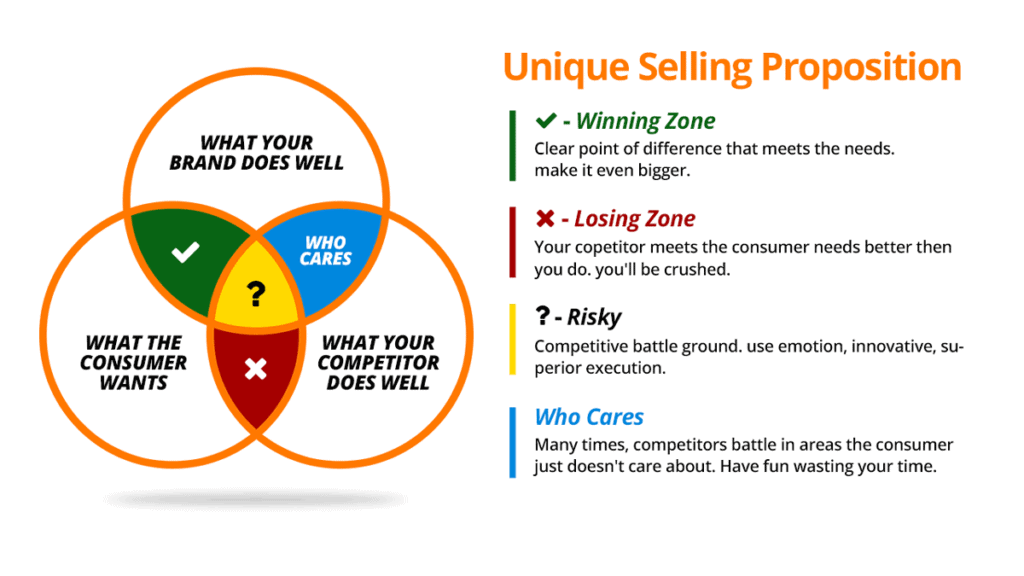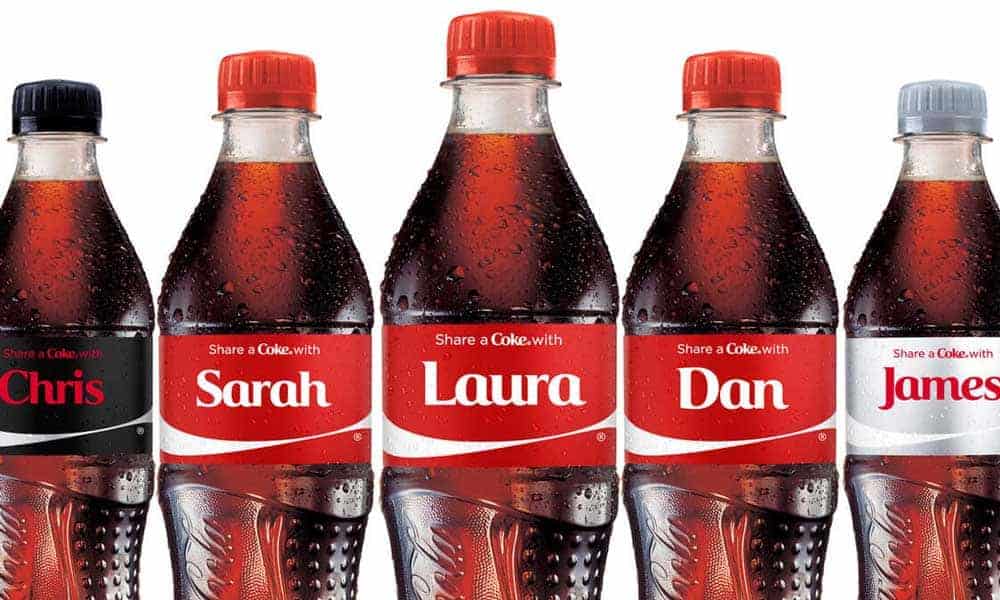
24 Oct The Art of Brand Positioning in Your Market
The Art of Brand Positioning in Your Market
Chances are, if you go into a convenience store looking for sticky notes, you are going to ask for Post-Its.
Similarly, you may instinctively ask for the Sharpies, Tupperware, and Band-Aids, utterly unaware that you are asking for a specific brand rather than a particular item category.
These trademarked words have become common nouns through effective brand positioning.
Brand positioning happens whether or not you intentionally incorporate it into your marketing strategy. – CoSchedule
Not only are customers of the above businesses asking directly for their brands, otherwise, but identical items not labelled with that trademark names are also often overlooked as being of lower quality.
Ultimately, your brand strategy is the winning distinction that motivates customers to shop with you instead of your competitors.
Your brand is an ambassador for your business.
If executed correctly, brand positioning in your market can create a similar loyalty to your product the same way people become lifetime users of trademarked products above.
Why Is Brand Positioning So Important?

According to the U.S. Administration, there is 28.8 million small business in the United States, and they account for 99.7% of all United States businesses.
Keep in mind, this figure comprises only registered small businesses and doesn’t include the many eCommerce startups operating under the radar before registering.
With so many existing businesses, branding has become a significant issue of concern.
There are only so many different types of products and services that can be sold, and, ultimately, the sheer amount of options tends to commoditise any business.
Brand positioning is important because it helps you to differentiate your product or service from another. – Qualtrics
What differentiates a successful business from the rest is the ability to create a brand that not only virtually drives new traffic, but that also gives old customers a reason to stick around.
In the dot-com boom in the late 1990s, the story of a group of entrepreneurs working out of a garage creating a product that took down behemoth competitors was a novel idea.
Today, this story is pretty standard in the startup world.
The barrier to entry for a competitor to come out of seemingly nowhere and start chipping away at your potential market share has never been so low.
The internet has turned shoppers into information-gathering machines, and they will often overlook brand loyalty if they find a similar product at a lower price.
However, whether you run an online eCommerce business or operate a series of brick and mortar stores, branding cannot be neglected.
Price shoppers are inherently transactional customers, and acquiring them is an entirely different strategy from aiming to capture the entire LTV of loyal customers.
Even if you carry a particular type of product or offer a service that is unique to your business, it will not be long until there are a handful of alternatives available on the market.
Each of these alternatives will try to position itself to offer something that your business does not, and differentiating yourself via the relationship your brand has with its customers is one way to success in an increasingly more competitive landscape.
The Art of Brand Positioning in Your Market
A few of the fundamental questions that must be answered before diving deep into your brand positioning strategy will help you understand for whom and why you are branding.
These questions should be answered with an analytical understanding of your market mixed with some creative brainstorming:
- Does your business have a mission?
- What problem does your product or service solve?
- How do your current customers feel about your business?
- How do potential customers think about your business?
- When someone thinks of your business, what standards should come to mind?
- What type of branding do your competitors have, and how are you differentiating?
A new customer should be able to understand what your business does and why they should choose you within a few seconds of interacting with you.
This is the first touchpoint that most companies looking to build an enduring brand must excel at, since if a customer does not know what an individual business offering is they will likely go elsewhere to suit their needs.
The second touchpoint happens almost immediately afterwards and has to do more with how the customers feel about your brand.
Emotional Brand Positioning

The questions centred around feeling and emotion have to do with everything from the way your customers interact with your business to their impression of your site design and logo design.
To understand how your business is impacting the emotions of your clients, try to answer these questions:
- Is your logo recognisable and aesthetically appealing? Does it look relevant to your business?
- Is your brand integrated into every social media outlet you use?
- Is the content you are distributing giving off the same message consistent with the voice and tone used on your site?
These distinctions can be made within a few seconds.
It takes hours upon hours of strategic work to finely hone the first impression your business gives off.
Still, only a few seconds or a single low interaction to ruin a customer’s perception of your business.
Your brand positioning must be done in a way that captures attention, sets expectations, and meets those expectations.
In addition to accurately communicating your value on an emotional level, you must find what makes your business unique to your competitors.
This third touchpoint is ultimately the process of where your customers are actively comparing your business with other similar options.
This means your business needs to find it’s unique selling proposition (USP) and communicate it effectively.
Find Your Unique Selling Proposition

What is it that makes your business unique?
This could be anything that highlights the story of why you started, your unique brand promise, and the ultimate mission of your business.
Developing a coherent, unique selling proposition will not only help potential customers get an understanding of who you are and your personality, but it will also help you to streamline your mission and integrate it into your branding.
One critical differentiating quality that could be highlighted is your product production process.
For example, a study by the Harvard Business Review noted that goods that have an artisanal, hand-made quality are making a comeback.
You can also try to nail down your unique selling proposition by understanding your customers’ most significant pain points.
Perhaps the majority of vendors they deal with are impersonal, and you could highlight the personal element of dealing with you.
Maybe people feel slighted by a sudden drop in customer service communication post-purchase, and you can highlight how doing business with you will give them consistent nurturing attention for their products.
The real fallout of breaking your brand promise is the loss of trust. – Bill Kobel
Personalising Your Customer Experience

Every touchpoint that your customers interact with your brand should be viewed as an opportunity to add value.
Sometimes this involves doing a complete user interface and user experience overhaul to make the customer experience a seamless and smooth series of steps.
This could also mean surprising your client with value when they least expect it.
For example, sending a handwritten ‘thank you letter’ to your customers letting them know you appreciate them days after they receive your product is an excellent way to remind them of your brand and show you care.
Therefore you are showing the value of your brand to your target audience. – Qualtrics
As more and more brands continue to include some customer experience personalisation or add an element of going beyond customer expectations, this is going to start becoming more of a customer expectation.
With the bar raised, brands are going to have to not only do the everyday things that make customers happy; but they are also going to have to figure out creative ways to stand out from the competition.
The client’s experience is not only limited to your particular industry and your specific competitors.
Any interaction your customers have with any business is on the table as a competitor to your client experience.
This is why it is even more critical to ensure that you are not benchmarking your customer experience primarily on your competitors.
Still, you are thinking outside of the box and using creative strategies from other exceptional companies.
Final Thoughts
Simply put, strong brand positioning is who you are.
Your brand should emanate trust and familiarity that makes customers comfortable in doing business with you.
With 89 per cent of brand marketers concerned about creating engaging brand experiences and 77 per cent of B2B marketing leaders convinced that branding is critical to growth, it is clear to see just how important brand positioning is. – Keap
To position your brand as a leader in the market requires purification and refining of all your customer-facing strategies and ensuring that there is a seamlessly positive customer experience.
As the bar for an excellent customer experience continues to increase, brands will have to keep up and find new ways to surprise and impress their clients.
This approach may vary between industries, but by expanding your perspective to see how other businesses are influencing their customers will take you a long way in brainstorming ideas for your brand.
The key to a successful brand positioning strategy is the focus, and positioning is simply the way business owners find a middle ground for attention and success.
Your brand positioning is intrinsic to the way you do business and is an articulation of why customers should do business with you.
Your brand positioning strategy essentially combines hard data and market research with a creative eye for design and communication, with the goal of not only putting your best face forward but consistently beating out your competition.
Need help from a Branding Agency?
Get in touch today for a free quote






